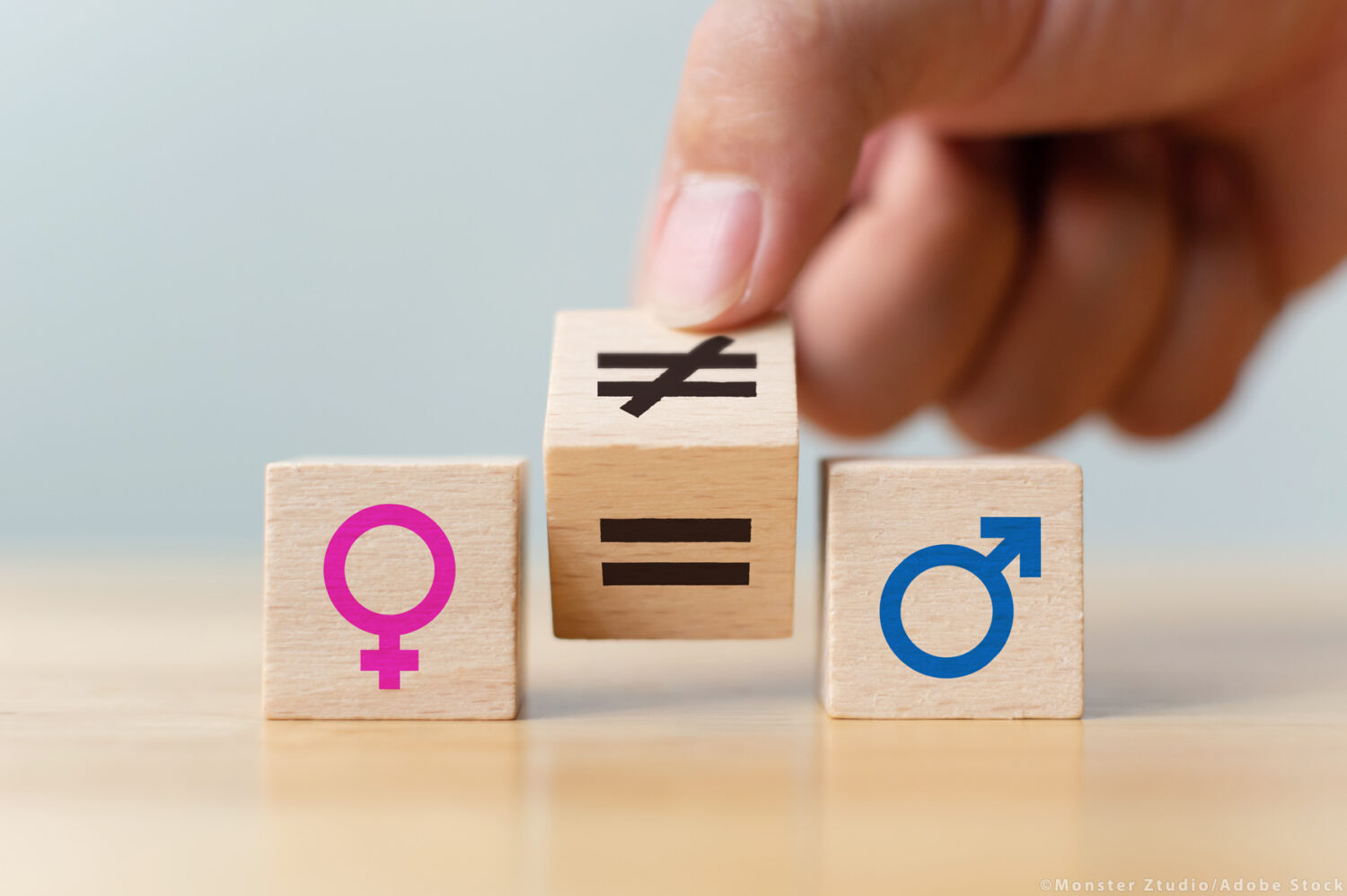If you would like to see a visual representation of gender bias in almost any organization, review the “Our Leadership” page of the company website. Chances are most, if not all, of the photos are of Caucasian men.
That’s not to say that these gentlemen are not qualified for their roles and titles. On the contrary, they have probably been learning the ropes for these positions for years, if not decades — but why them and not more women? Possibly because subtle occurrences of gender discrimination in the workplace tend to benefit male employees. Men have been on the receiving end of more opportunities for so long, they often don’t realize they’re benefiting from situations and opportunities from which most women have been excluded. Here are some examples of gender inequality in the workplace.
Examples of Gender Discrimination in the Workplace
- Lower pay for the same work: Pay inequality in the workplace continues to be prevalent, often because many office policies make it difficult to remedy. When employees are hired, subsequent raises are based on their initial salaries. Therefore, when women are hired at lower pay for the same jobs as men — even if their raises are equal to men’s raises — the women’s salaries may never catch up to those of the men in their departments.
- Lack of support from company leaders: This disenfranchisement can be subtle, such as the hidden bias that can occur from supervisors who gravitate toward male employees. It can also be blatant, such as when certain managers enjoy the “good ol’ boy” network of their workplace and purposely exclude women from promotions.
- Sexual harassment: Eighty-one percent of women have reported experiencing sexual harassment in their lifetimes, including verbal or physical assault. Thirty-eight percent have experienced sexual harassment in the workplace.
Causes of Gender Inequality in the Workplace
Gender inequality is akin to repeatedly “missing a rung” on the ladder to success. It often begins early in women’s lives and continues throughout their careers, and it can come in many forms, whether obvious or indirect.
First, as girls, they might not receive scholastic encouragement from parents at home. This lack of parental assistance might be caused by parents who don’t support having educated women in the workplace, or this missing encouragement might be the result of having one or both parents who are physically absent from home, possibly because they are away for work, deployed in the military or even incarcerated.
When they are at school, girls — especially girls of color — continue to be on the receiving end of biases from teachers and school administrators. Research has shown this ongoing bias results in girls having lower self-confidence than their male peers, resulting in girls who fail to reach their full academic potential. As a result, many girls opt to accept less lucrative jobs instead of pursuing well-paying careers in high-demand industries and STEM fields.
Then, in the workplace, the gender bias continues. Imagine a scenario where a supervisor receives two last-minute tickets to the local professional sports team from a workplace vendor or client. He or she might send a mass email, offering the tickets to whomever can use them that night.
Unfortunately, most of the women receiving the announcement probably cannot accept the offer on such short notice because they have additional responsibilities at home. Half of all households are headed by women, so in addition to being the breadwinner who pays the rent or mortgage, they’re also the default caregiver for any children and elderly parents in the home. Those women are going to make certain that everyone in the household gets dinner, their children will complete their homework, and their parents will take their medications before bedtime.
Even when spread thin with additional responsibilities, women tend to continue prioritizing their families over extracurricular networking opportunities at the office. This additional stress can lead to burnout and has caused women to participate in the pandemic’s “great resignation” at twice the rate as men.
Why Employers Should Correct Workplace Gender Inequality
No one is asking supervisors and office managers to undo the bias and discrimination that have contributed to women’s inequality in the workplace over the decades, but those managers can level the playing field for the women they supervise. Doing so should help retain many of the most dedicated and reliable employees. Removing the gender pay gap and basing promotions on skill assessments are good ways to begin this employee retention effort.
Remember, you cannot fix existing problems with old solutions and expect different results.
CoachDiversity’s team of certified diversity coaches is known for teaching new techniques that help business leaders think differently about diversity, so they can translate those skills into everyday practice. We provide coaching support for corporate managers, senior executives and other leaders to maximize their professional and personal potential. Contact us today.
